These are all the features the Xbox Series X is losing vs. Xbox One
For all we're gaining with the Xbox Series X, and it's a lot, we're losing some staple features from the original Xbox One vision.
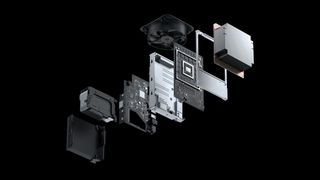
The Xbox Series X is almost here, and it's a bit of a monster. 12TF GPU joins a powerful CPU and incredibly fast SSD NVMe to herald next-gen, with the promise of blanket 4K60 gameplay, possibly reaching up to 120FPS in some games.
For all we're gaining with the Xbox Series X, and it's a lot of cool stuff, we're losing some staple features that were pioneered with the original Xbox One back in 2013. For the majority of Xbox One customers, they won't really notice the difference. Microsoft only omits features when they're hitting low usage, and they can tell via telemetry data which features are being used, and by how much. For those of us who do use them, though, it's annoying that you may have to change up your set-up to bring it in line with your current Xbox One experience.
Here are some of the major features from the Xbox One era we're losing with the Xbox Series X.
Gone
HDMI-in
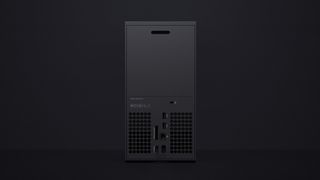
The Xbox One (2013, S, and X all come with an HDMI-in port, designed to integrate your TV. Back in 2013, this was a pioneering feature, but the general shift away from live television for gamers is undeniable. On-demand shows and subscription services are the future of televisual entertainment, with Netflix, Disney+, and Prime Video utterly dominating the space. They're all also available on Xbox One (and thus, Xbox Series X) as apps, defeating the need for an extra HDMI port.
When Microsoft removed snap mode along with other OS features to prioritize game performance, it effectively killed the primary use-case for the HDMI-in port. The ability to watch live sports events side-by-side while gaming was a cool feature, but it simply wasn't utilized enough to justify its continued existence.
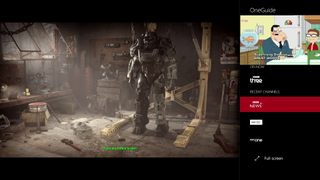
At one point, Microsoft was even exploring bringing live TV recording to the Xbox One, but it was scrapped when licensing issues reared their ugly head.
Get the Windows Central Newsletter
All the latest news, reviews, and guides for Windows and Xbox diehards.
Moving forward, you'll just have to use the HDMI port on your TV with your cable box for regular viewing.
Gone
IR blaster
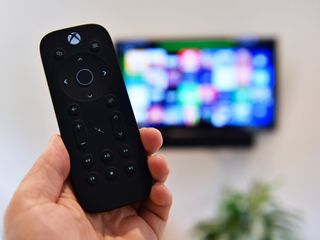
Another TV-oriented feature is the loss of the IR Blaster, which puts the viability of some Xbox Media Remotes, like the excellent PDP Talon, in doubt.
The IR Blaster is what the Xbox One S and X use to communicate with your television, allowing you to control power, volume, and change channels and so on. Coupled with the loss of the HDMI-in port, its continued existence doesn't make a whole lot of sense.
Microsoft has been claiming that all Xbox One accessories will work with the Xbox Series X, but without the IR Blaster, it doesn't seem like that would be possible for media remotes. Microsoft says HDMI-CEC controls (which sends commands over HDMI, instead of IR) will replace the IR Blaster for some of this functionality, but it's unknown how reliable or viable that will be.
Gone
SPDIF optical audio

SPDIF (Sony/Philips Digital Interface) is an audio port designed to interface higher-end sound equipment. With Microsoft's emphasis on 3D audio with the likes of Windows Sonic and Dolby Atmos, many sound systems for higher-end surround gaming experiences interface directly with the SPDIF port on the Xbox One, Xbox One S and Xbox One X. Additionally, many of the more premium headsets and audio equipment like the Astro A50 headset and the Turtle Beach Tactical Audio Controller use SPDIF to interface with the console. Annoyingly, that port will be removed from the Xbox Series X, despite appearing on the prototypes.
Microsoft hasn't explained why they removed it, but like anything else, it's probably down to low usage and attempting to shave as much off the final price of the Xbox Series X as possible. Luckily, most modern TVs come with SPDIF, which could be an option for some more of the more simplistic setups.
Despite its removal, Astro offered a statement to say that the Astro A50 will remain compatible with the Xbox Series X, but didn't say how. It's possible that it might be updated to take advantage of its USB connection instead for game sound, or that Microsoft may offer some kind of USB or HDMI adapter to replace the loss of the native port. We'll just have to wait and see.
Probably gone?
OneGuide?

With the loss of HDMI-in, it stands to reason that the Xbox Series X won't support OneGuide, which was Microsoft's TV integration service. The app synchronized all of the data from TV boxes in support regions, giving you up to date programming information, with the ability to channel hop using the Xbox One / Kinect IR blaster.
With all of its supporting hardware and interfacing removed, it seems logical that OneGuide will go the way of the dodo. Speaking of dodos...
Sort of gone?
USB storage for future games
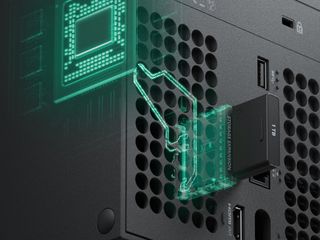
While you will be able to use USB storage devices for backward compatible Xbox One games, Xbox Series X-enhanced games require the use of the NVMe SSD drive, or the associated Seagate storage cards designed for the Xbox Series X.
Why is this? Well, the SSD moves beyond mere loading speeds. Microsoft has talked about how computing operations can be offloaded to the SSD for Xbox Series X games, due to its rapid speeds. For things like asset streaming and other types of tasks, Xbox Series X games will not be able to run adequately from the low-speed USB storage devices we use on Xbox One today.
You'll be able to use your USB storage devices for storing things and even running non-Xbox Series X games, but Xbox Series X-enhanced games will require one of the speedy SSD storage solutions instead.
Possibly gone?
Kinect support?
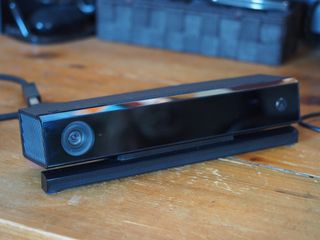
Kinect is already effectively dead, limping on life support with from third-party USB adapters. Microsoft may use the Xbox Series X as an opportunity to put the final nail in Kinect's gaming story, removing the necessary code for it to function from the OS entirely. We have no confirmation that this will happen, but something tells me it's certainly a possibility. We already lost Cortana for voice commands, in case you missed it, but you can use an Amazon Echo instead.
One step back, twelve steps forward

Despite losing a range of features that could be very adequately described as "niche," the Xbox Series X goes full-throttle on gaming, giving developers a huge catalog of tools for producing games that look and feel far beyond anything consoles have been capable of previously.
The Xbox Series X specs will give developers vastly more power to play with than before, with enough computing to leverage ray tracing dynamic lighting and reflections. The NVMe SSD will take loading speeds down from minutes to mere seconds, with options to offload compute operations to the SSD as well. More moving objects on-screen, more dynamism, more enemies, and more impressive, realistic worlds are all on the docket. The possibilities are exciting, and Microsoft will no doubt show off what games we can expect at its digital E3 events in June 2020.
Are there any features you're going to miss in particular? Let us know in the comments.
- Related: How to sanitize an Xbox One controller properly
- With the Xbox Series X specs out in the wild, the focus shifts to games
Xbox Series X/S
Main
- Xbox Series X: Everything we know
- Best games coming to Xbox Series X/S
- List of Xbox Series X specs
- What is the Xbox Series X release date?
- How much does Xbox Series X cost?
- Why you can't preorder Xbox Series X yet
- Best Xbox Series X Headsets

Jez Corden is a Managing Editor at Windows Central, focusing primarily on all things Xbox and gaming. Jez is known for breaking exclusive news and analysis as relates to the Microsoft ecosystem while being powered by tea. Follow on Twitter @JezCorden and listen to his XB2 Podcast, all about, you guessed it, Xbox!
